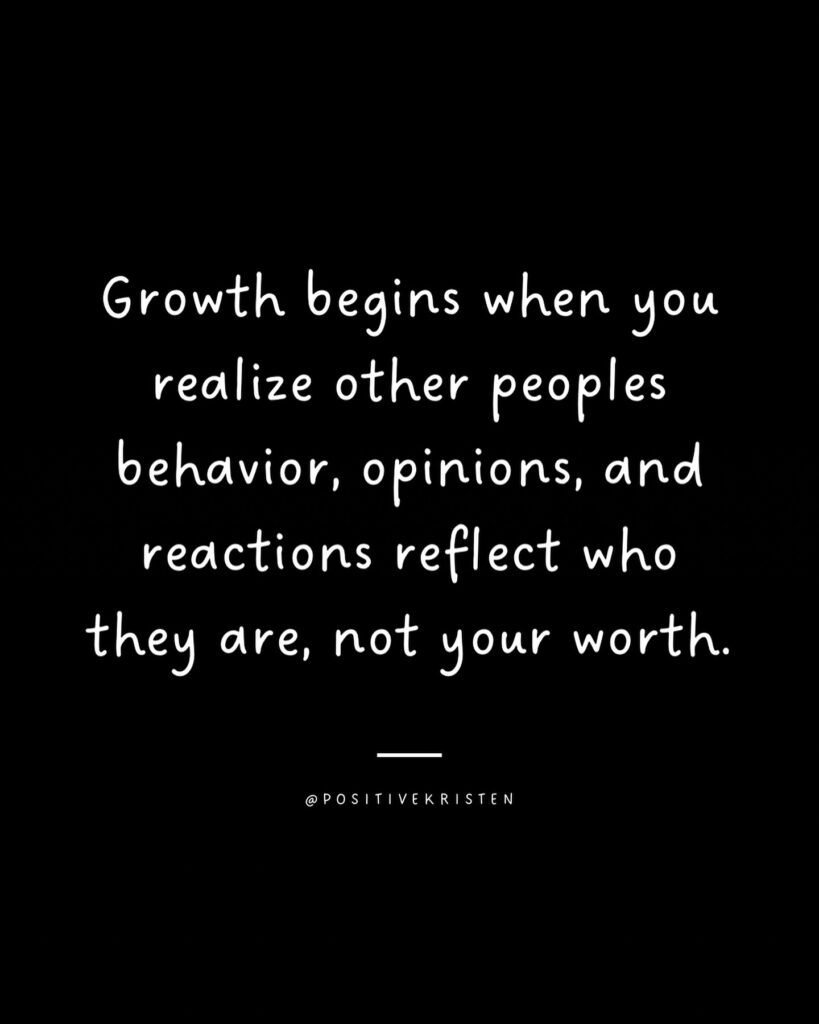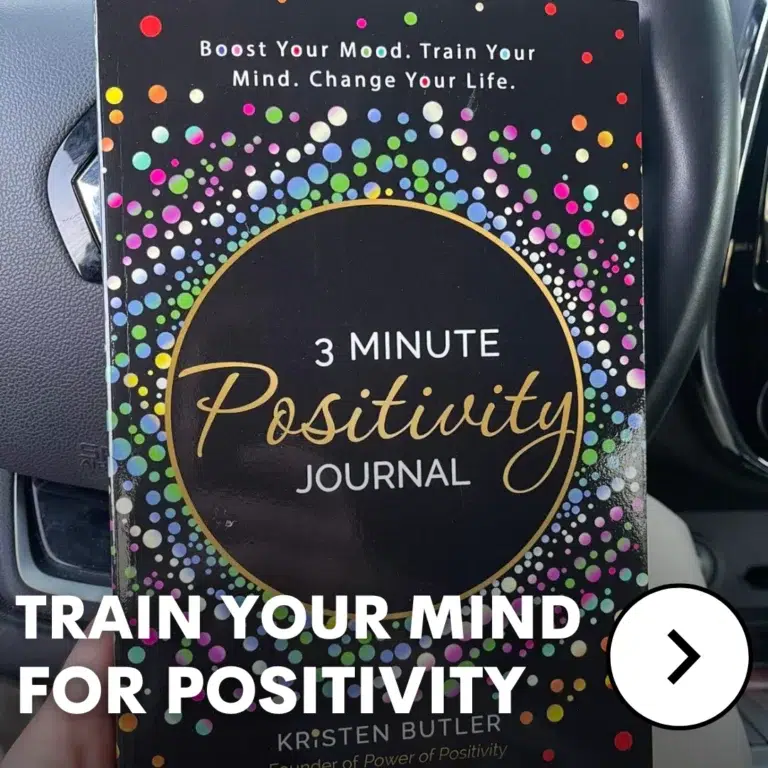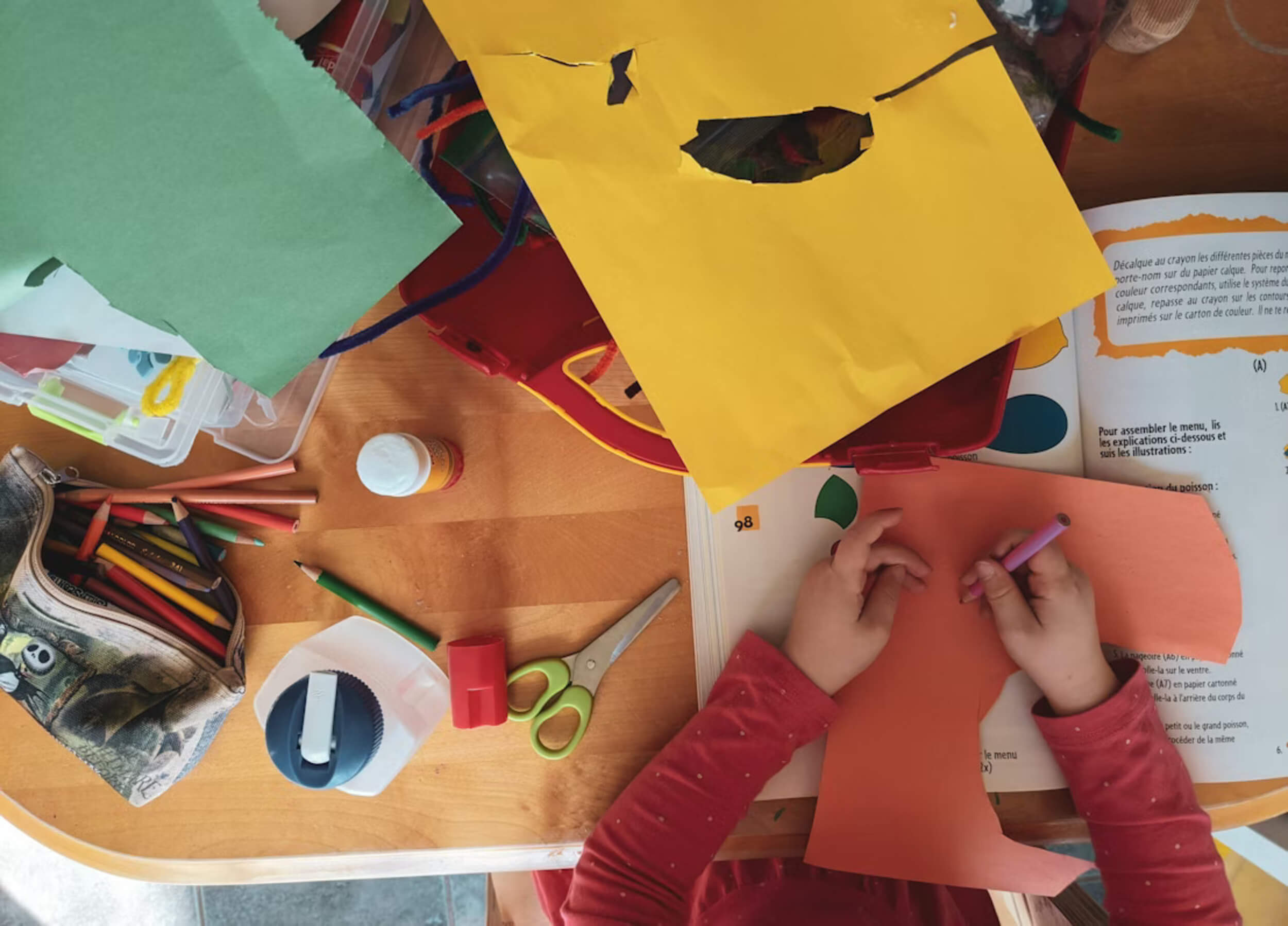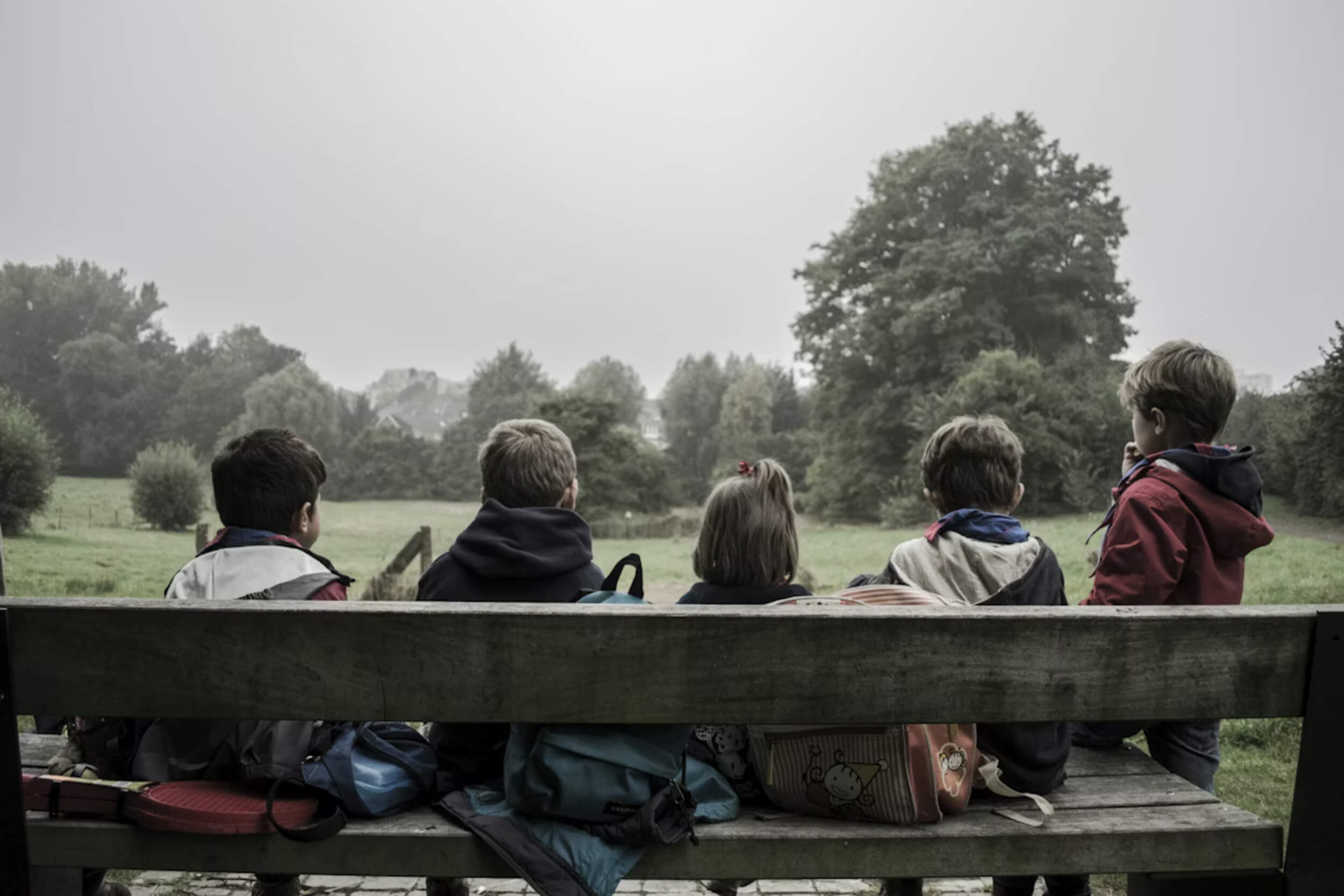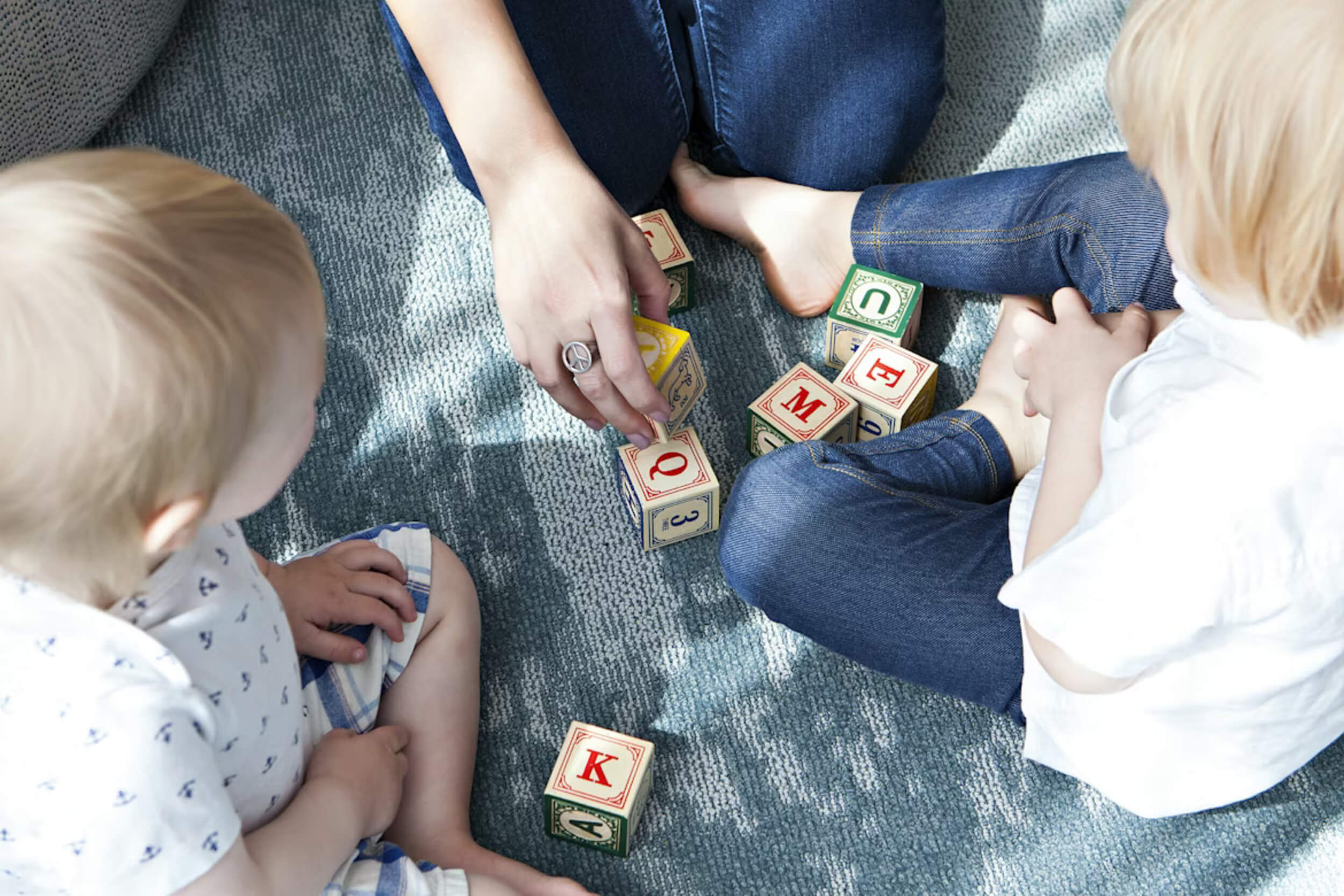When life feels heavy—after a loss, during illness, or in moments of deep uncertainty—many people start searching for something that brings comfort and direction. That search often leads to a quiet space where the heart and mind meet something greater than themselves.
Spirituality isn’t about following strict rules or belonging to a certain faith. It’s about feeling connected—to nature, to others, or to a higher purpose. For some, it’s prayer or meditation. For others, it’s kindness, gratitude, or the calm that comes from sitting under the open sky. What matters is the sense of peace and meaning it brings.
Experts and studies continue to show how spiritual practice supports well-being, builds resilience, and calms the mind during stressful times. It helps people make sense of pain and move toward peace. Even small moments of reflection can lift the spirit and strengthen hope.
Spiritual growth reminds us that true recovery isn’t only about the body—it’s also about renewal of the soul. Let’s look at how this quiet but powerful force guides people toward strength, comfort, and lasting hope.
Understanding Spirituality and Healing
Healing isn’t only about medicine—it’s about balance. Spiritual healing focuses on restoring that balance between the body, mind, and spirit. When people face sickness or emotional pain, it’s not just their physical side that suffers; their sense of meaning and hope often fades too. That’s where spiritual healing steps in—it brings back peace from within.
While modern medicine treats symptoms and physical causes, spirituality looks at the person as a whole. It’s about finding purpose, calm, and connection in the middle of struggle. Belief, faith, and intention play powerful roles in recovery. Studies show that patients who pray, meditate, or practice gratitude often cope better and heal faster. Their outlook improves, and so does their strength to endure pain.
Research in psychology and medicine supports what many already feel—spirituality gives people courage when medicine alone cannot. It doesn’t replace treatment; it completes it. True healing is not just the absence of illness but the presence of inner harmony and peace. Spirituality teaches that a calm spirit helps the body recover, and a hopeful heart keeps it strong.
Spirituality vs. Religion: Understanding the Difference
Faith looks different for everyone. Religion usually involves a shared set of beliefs, traditions, and rituals practiced in a group or community. Spirituality in healing, on the other hand, is a personal experience—it’s about finding meaning in your own way, not following fixed rules.
You can be religious without being spiritual, or spiritual without following a religion. Both paths can bring comfort and growth. Religion often expresses belief through rituals and community, while spirituality focuses on reflection, personal growth, and connection to something larger than ourselves.
Quick View:
- Religion: external practice, shared beliefs, structured traditions.
- Spirituality: inner reflection, personal growth, connection with life and meaning.
Neither one is better; they simply meet people where they are. Spirituality in healing often brings both together—rituals that strengthen faith and quiet moments that feed the soul. No matter how it’s expressed, spirituality helps many people turn struggle into strength.
How Spirituality Supports Healing
Healing happens on many levels, and spirituality in healing touches each one. It helps the body, steadies the mind, and comforts the soul.
A. Mind-Body Connection
Meditation and prayer slow the body’s stress response. They lower heart rate, calm the nerves, and ease tension. When the body relaxes, the immune system gets stronger, pain lessens, and sleep improves.
B. Meaning-Making and Acceptance
Spiritual practices help people see pain differently. Instead of asking “Why me?” they begin to find meaning in what they face. Acceptance doesn’t mean giving up—it means releasing control and letting peace take root.
C. Emotional Resilience
Faith builds endurance. Whether it’s belief in God, purpose, or life itself, spiritual people often recover faster from heartbreak, trauma, or illness. Their hope helps them stay grounded during chaos.
D. Community and Belonging
Being part of a spiritual group—through prayer, service, or shared reflection—creates emotional safety. It reminds people they’re not alone.
Each of these paths shows why spirituality in healing isn’t just comforting—it actively helps people heal, adapt, and find peace from the inside out.
The Role of Hope in the Healing Process
Hope is often what keeps people going when everything feels uncertain. It’s the quiet belief that better days can come even when the future isn’t clear. Spirituality in healing strengthens that hope by shifting focus from what’s missing to what still matters.
People facing illness or loss often describe their faith as a lifeline. Cancer patients who pray or meditate, for example, report less fear and more courage. Those grieving may find comfort in prayer or reflection, turning pain into acceptance.
Research shows that hope improves how people respond to treatment. It helps with emotional stability, lowers stress, and even supports physical recovery. Hopeful people take their medicine, follow their routines, and stay connected to others.
Research-Backed Benefits of Spirituality
Science continues to uncover what many already believe—spirituality in healing supports both mental and physical health.
- Better Mental Health: People with spiritual practices report lower levels of depression, anxiety, and substance use.
- Improved Physical Health: Studies show that prayer, meditation, and faith-based coping are linked to lower blood pressure, less inflammation, and quicker recovery after surgery.
- Stress Relief: Gratitude and mindfulness reduce cortisol (the stress hormone) and help calm the nervous system.
- Longer Life and Better Well-Being: Those who nurture spiritual connections often feel happier, live longer, and handle challenges more calmly.
- Stronger Social Support: Being part of a faith or spiritual community increases belonging, kindness, and emotional safety.
Today, doctors and psychologists often view spirituality in healing as a valuable part of integrative health—an approach that treats the mind, body, and spirit together. It doesn’t replace medical care; it enhances it.
Still, spirituality isn’t only about better health—it’s also a guide for everyday peace and purpose.
Everyday Ways to Strengthen Spiritual Healing
Spirituality grows through small, steady habits. Spirituality in healing becomes stronger when practiced daily — not through perfection, but through presence. These simple habits can bring calm, restore faith, and help the heart stay centered even in hard times.
1. Practice Mindful Stillness
Set aside quiet moments each day to breathe, pray, or meditate. Stillness allows you to listen to your thoughts instead of rushing through them. When the mind slows down, the body follows — tension eases, and peace begins to form.
2. Express Gratitude
Write down three things you’re thankful for each morning or night. Gratitude shifts attention from what’s wrong to what’s right. It helps your heart find peace in ordinary moments and deepens spirituality in healing through appreciation.
3. Serve Others
Helping someone in need—whether it’s a neighbor, a stranger, or a friend—creates meaning. Acts of kindness lower loneliness, boost happiness, and remind you that healing often happens when you give love away.
4. Connect with Nature
Take a walk, feel the breeze, or watch a sunrise. Nature has its own quiet way of reminding us that everything grows again. Spending time outside is a natural form of meditation and peace-building.
5. Find Your Community
Join a faith group, prayer circle, or local support group. Shared belief and encouragement bring comfort and strength. A caring community helps keep the spirit steady during difficult seasons.
6. Reflect and Release
Use journaling or stillness to process emotions. Let go of guilt, anger, or past hurt — forgiveness frees you. Releasing what no longer serves you opens room for new peace to enter.
These choices turn spirituality in healing from something you think about into something you live every day.
Common Missteps and Misunderstandings
Even good intentions can go off track. One mistake is spiritual bypassing—using faith or positivity to ignore real pain. Saying “everything happens for a reason” may feel comforting, but it can silence needed healing.
True spirituality means facing emotions honestly. It takes humility to admit when something hurts and courage to sit with that feeling. Comparing your journey to others—thinking “I’m not spiritual enough”—also weakens growth.
Balance is key. Spirituality in healing should support therapy and medical care, not replace them. Healing needs both heart and help. Real strength comes from being open, honest, and willing to feel before you move forward.
Stories of Renewal and Hope
People often describe how spirituality in healing changes them in quiet but powerful ways. A survivor may find peace after loss through daily prayer. Someone living with chronic illness might use meditation to steady the mind and reduce fear. Others regain hope through serving their communities and helping others rise.
Transformation often begins with surrender—letting go of control and trusting something greater. Hope rarely shouts; it whispers through moments of calm, forgiveness, and gratitude.
These stories show that healing isn’t about perfection—it’s about persistence. Each act of faith, no matter how small, brings the soul one step closer to peace and renewal.
How to Begin Your Own Spiritual Healing Journey
Starting your journey doesn’t need to be complicated. Begin with one small act that brings peace—prayer, quiet reflection, or simple gratitude. These habits train your heart to slow down and notice what matters most.
Find what feels personal and real to you. There’s no right or wrong path in spirituality in healing—only what feels honest to your soul. Try writing your thoughts, meditating for five minutes, or spending time with someone who lifts you up.
You may also seek support from a mentor, therapist, or faith leader who understands your journey. Healing grows when you share it with others.
Healing begins the moment you open your heart to it—and that first step is always enough.
Final Thoughts: Where Healing Meets Hope
At its core, spirituality in healing is about connection—between the body, the mind, and the unseen strength that holds us up. It bridges pain and peace, loss and love, weakness and resilience.
Healing doesn’t happen overnight. It unfolds slowly through trust, patience, and compassion for yourself. Each prayer, kind act, or moment of stillness adds up, shaping a life filled with meaning and hope.
Hope is what keeps people standing even when life bends them. It’s the steady voice within that says, “Keep going—you’re not done yet.” And that is where healing truly begins.





